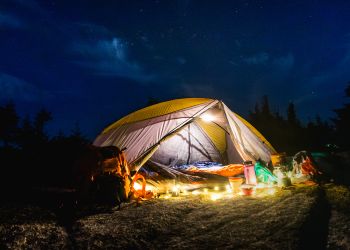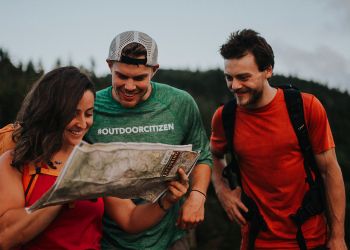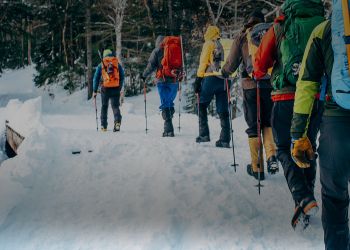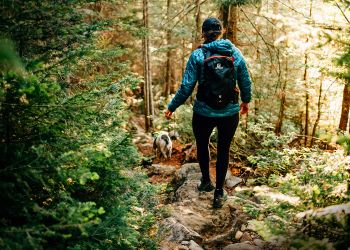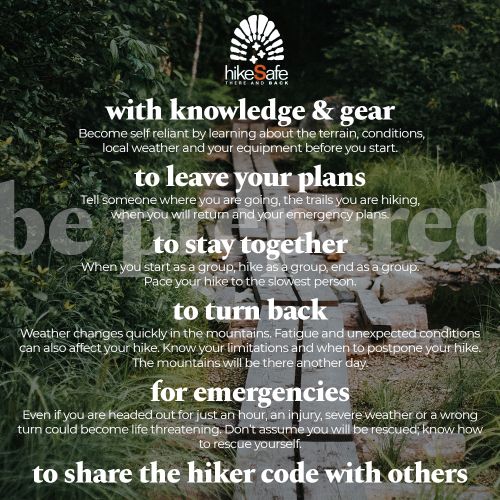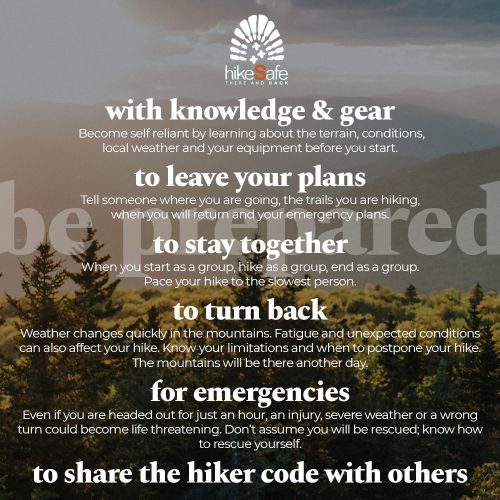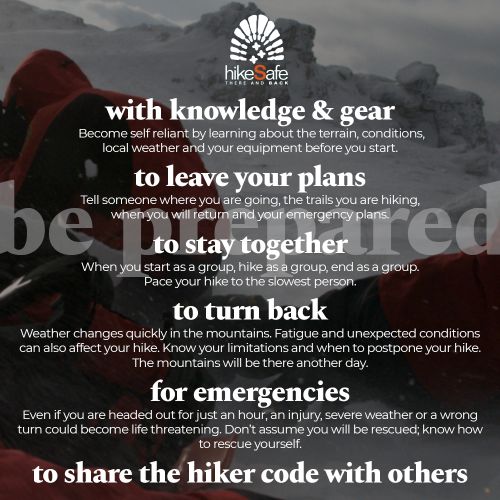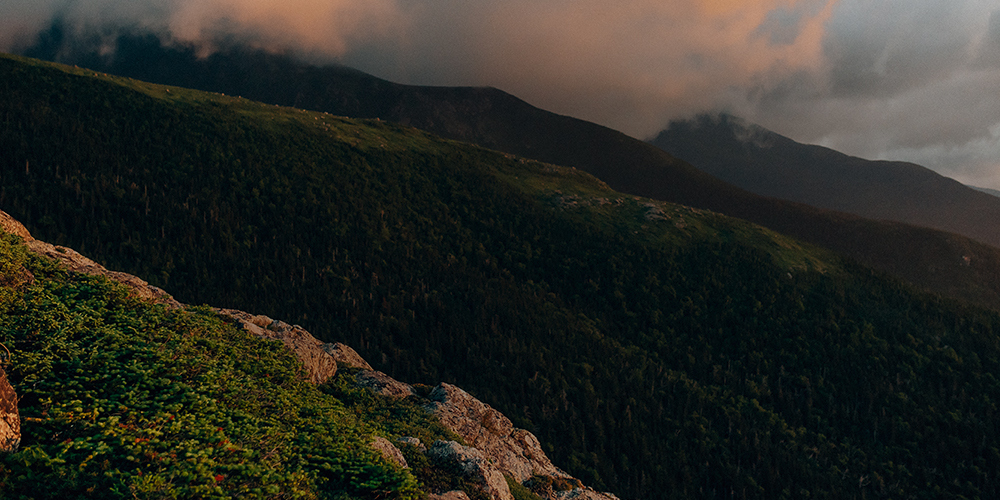the code
You are responsible for yourself, so be prepared:

Essentials
Become self reliant by learning about the terrain, conditions, local weather and your equipment before you start.
These are must have items to ensure your safety while out in the mountains. It's important to remember that hikers not only take these items with them, but know how to use them as well—knowledge is power on the trail, so come armed with the tools and know-how to keep yourself safe every time you go out.
For more detailed info click the + next to each item ( - to close). Slide/drag right to view additional gear.
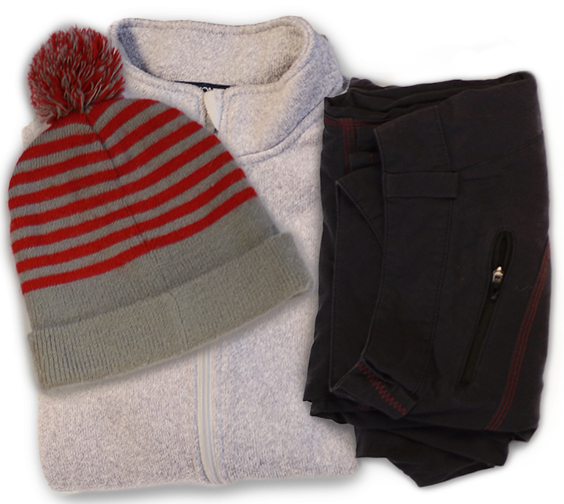
Warm Clothing
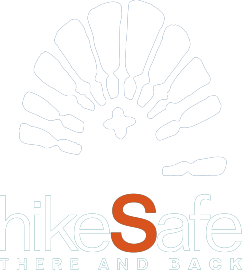
Mountain weather is generally colder and more severe than in the valleys. Often in higher elevations, especially above treeline, rain, snow and fog are possible at any time of the year. Hypothermia can be an issue year-round, especially if you do not have warm, waterproof clothing.
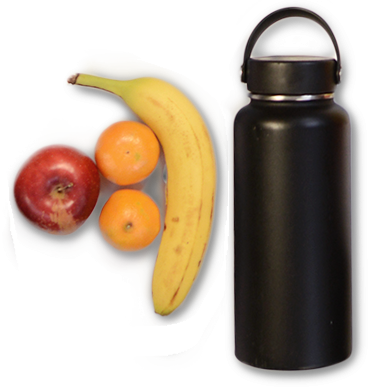
Water & Food

Staying Fueled
Hiking can suppress your appetite, but plan to feed yourself anyway as calories play an important role in regulating body temperature. Snack throughout your hike on nutrient-dense snacks like fresh or dried fruit, trail mix, nuts and seeds, cheese, peanut butter, and beef jerky.
Staying Hydrated
Making sure that you bring enough water with you is often the difference between a safe trip and a dangerous situation. You must have on hand, and drink plenty of water.
The essentials about water:
- When deciding how much to bring, a general rule of thumb is to pack more water than you think you need. It is always better to have too much rather than too little.
- For multi-day trips, be aware of where water is located and pack accordingly.
- It is NEVER safe to assume any natural water source on the trail is safe to drink as giardia and a host of other debilitating hike-ending bacteria are prevalent.
- Make sure you carry a water filter, iodine purification tablets or a stove with enough fuel to boil your water before you drink it. Water treatment gear can be found at outdoor equipment stores, as well as ordered online.
- Continue to drink throughout the day. Steady water consumption serves your body better than guzzling a whole bottle at once.
While you can live for nearly a month without food, you will only last a week without water. The importance of having an adequate amount cannot be stressed enough. A good gauge is that if you're drinking enough water your urine will be clear, not dark.
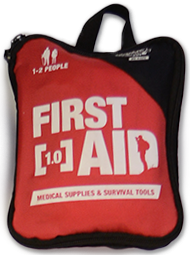
First Aid Kit

Injuries and Afflictions
Accidents happen to even the most experienced and best prepared hikers. That's why it's important that you know the terrain, know how to stay warm and dry, know first aid and know how to rescue yourself if you're injured or become sick on the trail. Most of all, you should never hike alone.

Headlamp or flashlight

Darkness can come quicker than expected, so you should always pack a headlamp to help you safely navigate the trail. If you have to spend a night in the woods a light can help you find shelter.

Map

You should always have a compass and map. That way, if you become disoriented, you can stop, refer to your map and try to reorient yourself. Experienced hikers say that most people find their way after studying a map and the surrounding terrain for five minutes, so don't panic if you can't immediately figure out where you are. You may need to be on higher ground in order to identify landmarks such as streams and ridges.
Technology is NEVER a substitute for knowledge, experience, common sense and proper planning.
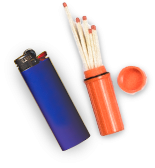
Fire starter

Remember to not have open fires above treeline, to respect wildlife and vegetation.

Compass

You should always have a compass and map. That way, if you become disoriented, you can stop, refer to your map and try to reorient yourself. Experienced hikers say that most people find their way after studying a map and the surrounding terrain for five minutes, so don't panic if you can't immediately figure out where you are. You may need to be on higher ground in order to identify landmarks such as streams and ridges.
Technology is NEVER a substitute for knowledge, experience, common sense and proper planning.

Whistle

For Emergencies
If you can’t rescue yourself, you should:
- Not wander far from your original route; remember, this is where rescuers will start looking for you if your friends or family tell them your planned route.
- Blow your whistle loudly at regular intervals to attract attention.
- Stay warm and protect yourself from the elements. Don’t lie down on the bare ground. If possible, stay near an open space; move into it to be visible from the air and ground.
- Remain hydrated.
- Put on something brightly colored to attract attention.
Groups: hikeSafe whistles are available for purchase for $2 each plus shipping. For more information, email info@hikesafe.com.

Pocket Knife

Whether cooking, preparing fires, or working with cord, a pocket knife is a must-have.
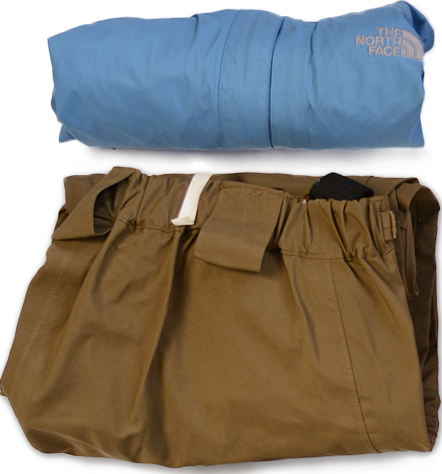
Rain Jacket & Pants

Rain gear is helpful for lighter/shorter rainstorms but won’t keep you dry in a sustained rain. However, wearing a rain jacket and pants can help you stay warm if you keep moving vigorously so that you generate body heat.
Sometimes, the best-prepared hikers are caught in bad weather. If you get caught, you must know how to act. You should:
- Know an escape route in case fast-moving storms catch you off-guard.
- During electrical storms, get off of exposed ridges and get below treeline.
- Spread your group out and keep track of each other so if one person is hit, others can help.
- If you don't have time to use your escape route, squat down to reduce your height and minimize your contact with the earth.
- Take off your pack if it has a metal frame. If you have a foam pad, put it under you.
- Use careful footing, because rainy trails are extremely slippery and dangerous.
- If you ford a stream, keep your boots on to give better footing and to prevent your feet from going numb from the cold water. Unbuckle your backpack’s waist belt so it doesn’t constrict you.

Also Recommended
The mountains are unpredictable, so you should be prepared with extra gear to ensure your safety if something was to go wrong.
For more detailed info click the + next to each item ( - to close). Slide/drag right to view additional gear.
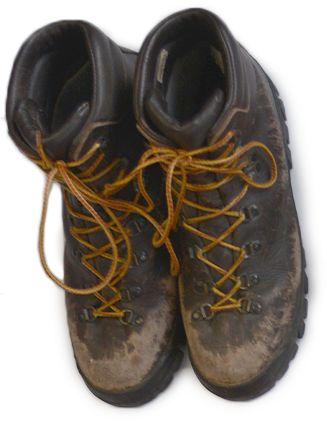
Appropriate Footwear

Use careful footing, because rainy trails are extremely slippery and dangerous. Most falls and injuries occur when hikers are descending a trail. Wet rocks and leaves have contributed to many ankle injuries in the backcountry.
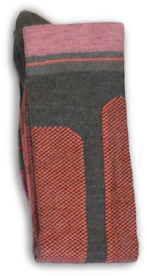
Extra Socks

Your feet are your most important tool when hiking and if they aren’t cared for can become uncomfortable, ruining an otherwise positive experience. Hotspots, blisters and frostbite are all legitimate concerns. Like all pieces of outdoor gear, hiking socks are designed to perform: to keep your feet warm while letting them breath, to prevent blisters and, of course, to be comfortable. Avoid cotton socks, as these become quickly saturated, stay wet inside your shoes, and take a long time to dry.

Watch

When To Turn Back
One of the most common mistakes hikers make is the failure to turn back. Although “summit fever” can be a persuasive emotion, ambition is not a good reason to put oneself in a dangerous situation.
There are several reasons to turn back, such as:
- Weather changes. When the weather changes suddenly, you need to respect nature’s unpredictability and head for home.
- Fatigue. Your group's pace should be set by the slowest hiker. If that hiker is unable to continue, keep your group together.
- Unexpected conditions, like streams that are too swollen by rain or snowmelt to cross.
- Running out of time. Darkness can come quicker than expected.
Respect the messages and signals nature and your body send. If you stay safe, you can always come back another day.

Trash Bag

To pack out trash or for rain protection.
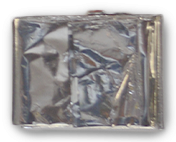
Emergency Blanket

Aka space blanket, fire blanket, safety blanket or mylar sheet
This low-weight, heat-reflective thin plastic sheeting is designed to reduce heat loss in a person's body, which would otherwise occur due to thermal radiation, water evaporation, or convection. To prevent hypothermia, you should dress in multiple layers of warm clothing and pack extra layers. Since the human body loses heat three times as fast when it's wet, you should use wind and rain gear to stay dry.
The metallic surface appearance flashes in the sun, allowing use as an improvised method of signalling. In a hot environment it also can be used to provide shade or provide protection against radiated heat.

Guide Book

Even the most experienced hikers can get lost, so having a guidebook with trip details is crucial to help you find your way.

Insect Repellent

Insects
Swarms of black flies and ticks are a problem throughout the spring and summer. Thus, you should always have insect repellent, which will keep the worst of them away. You should be especially cautious of ticks; Lyme and other vector borne diseases have been reported throughout New Hampshire and other New England states. A daily inspection is a good habit, as the quick removal of ticks will minimize the risk of disease. More information can be found on the EPA, CDC and NPIC websites.

Sunscreen

Sunscreen protects your skin against bright sun and snow glare in the mountains.

Sunglasses

On sunny days, especially with significant snow glare, sunglasses provide essential eye protection.
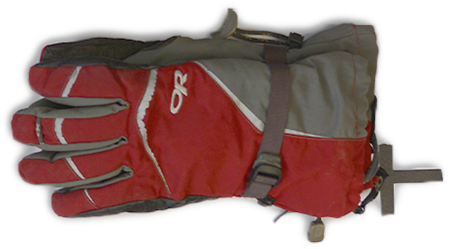
Gloves or Mittens

Even if it's not winter, the more elevation you gain the colder it will get. Having gloves to keep your hands warm is essential.

Personal Medications

Make sure to be prepared with all appropriate medications.
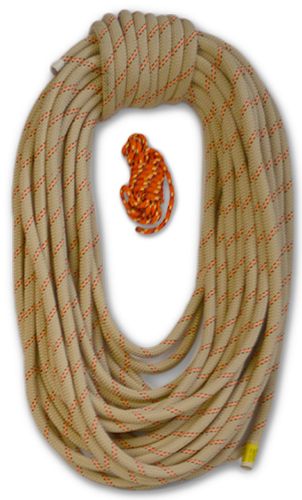
Cord/ Rope

Whether for repairs, securing equipment or food and gear hangs, it's always important to have a cord or rope on hand.
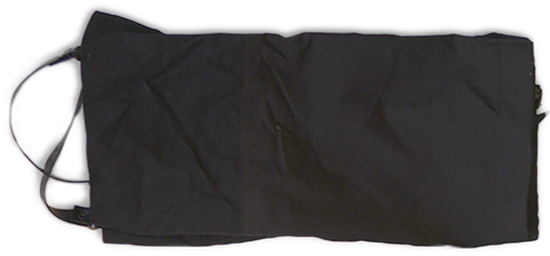
Gaiters

When the snow gets deep, gaiters are important to prevent you from getting wet and cold feet.

Extra Batteries

There is nowhere to charge your batteries while hiking and they drain especially quickly when the temperatures drop, so you should always pack extras.

Overnights & Groups
When spending a night out on the trails, hikers have to be prepared to stay warm, safe and well-fed throughout the night to be prepared for the next day of hiking.
For more detailed info click the + next to each item ( - to close). Slide/drag right to view additional gear.
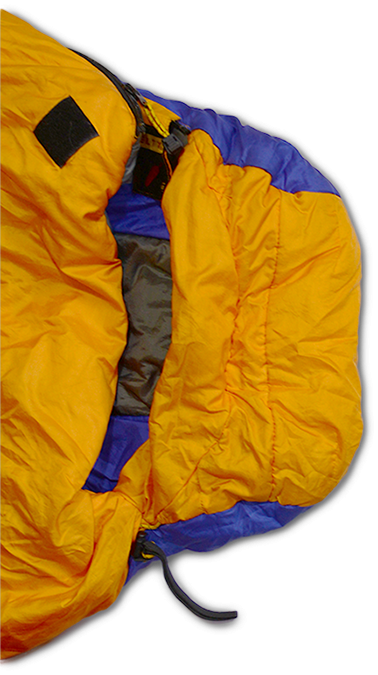
Sleeping Bag

Temperatures out in the mountains get very cold at night, making it important to bring a sleeping bag if you plan on staying the night.

Shelter (tent)

When spending a night in the mountains, a tent or other shelter will help protect you against weather.
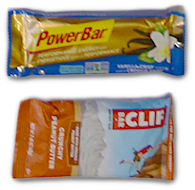
Food

Your body can't function unless you keep it fueled. Becoming dehydrated or not eating enough can lead to hypothermia. It's better to return from a hike with extra food then it is to run out, so you should always pack more than you think you need.

Cooking Pot, Cup, Utensils

Put food scraps in closed containers, not in the campfire. Do not cook or eat in your tent. Keep food and cooking gear separate from your sleeping area.

Stove with Fuel

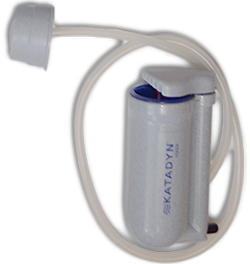
Water Purification

- It is NEVER safe to assume any natural water source on the trail is safe to drink as giardia and a host of other debilitating hike-ending bacteria are prevalent.
- Make sure you carry a water filter, iodine purification tablets or a stove with enough fuel to boil your water before you drink it. Water treatment gear can be found at outdoor equipment stores, as well as ordered online.
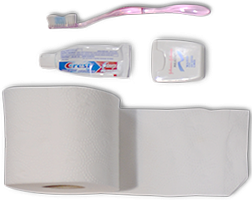
Toiletries

While you don't need to pack everything, basic personal hygiene is important while hiking—especially on long trips.
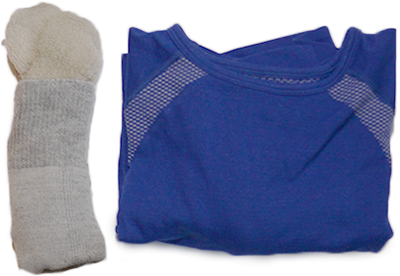
Extra Clothing

To prevent hypothermia, you should dress in multiple layers of warm clothing and pack extra layers. Since the human body loses heat three times as fast when it's wet, you should use wind and rain gear to stay dry. It's easy to stay warm when you're moving, but if you have to spend the night you will be thankful for the extra layers.
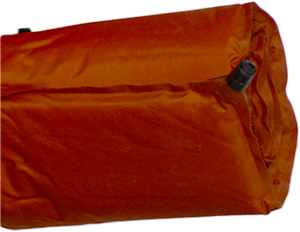
Sleeping Pad

Sleeping pads offer vital comfort and insulation from the cold ground. Inflatable, foam-filled pads are the most compact and comfortable to sleep on, but expensive and mildly time-consuming to inflate and deflate. Basic foam pads are lightweight, cheap, and virtually indestructible. For three-season hiking, virtually all versions provide adequate insulation from the ground.

Winter
Snow, ice and winter temperatures present new and unique hazards for the most experienced hikers. Having the right equipment is essential to avoid risks like hypothermia.
For more detailed info click the + next to each item ( - to close). Slide/drag right to view additional gear.
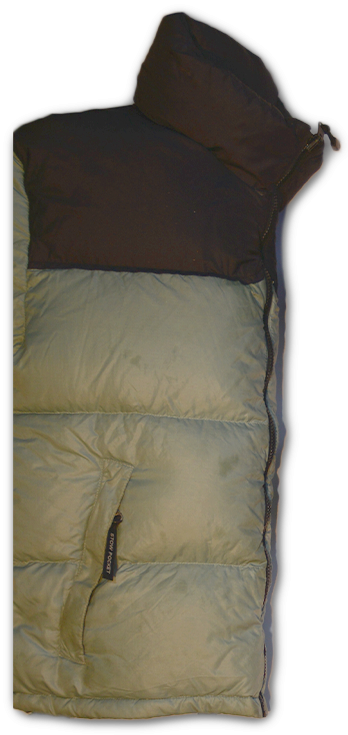
Insulated Parka

You may be warm while hiking, but if you have to stop it's important to have extra layers to keep you warm.
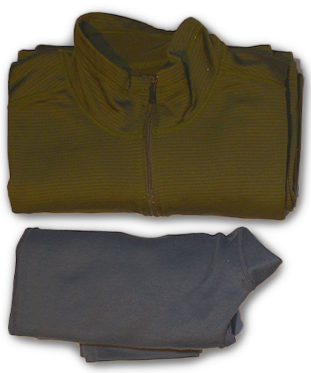
Additional Warm Clothing

To prevent hypothermia, you should dress in multiple layers of warm clothing and pack extra layers. Since the human body loses heat three times as fast when it's wet, you should use wind and rain gear to stay dry.
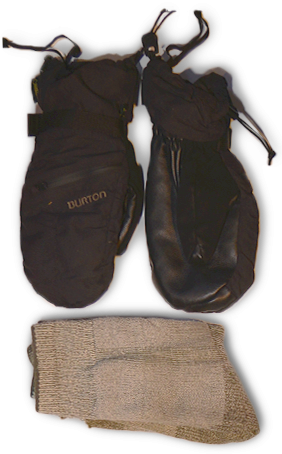
Extra socks & mittens

With lots of snow in the winter, it's very common for socks and mittens to become wet. Keeping extra dry pairs will help keep you warm.
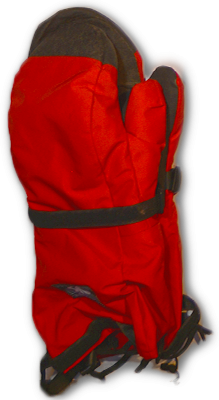
Overmitts

Large, waterproof mittens are crucial for staying warm on cold winter hikes.

Balaclava

Without any insulation, the heat coursing through your neck to your brain radiates into the air and is lost. Warmth that might have been directed to your extremities instead replaces the heat lost from your head. A thin balaclava or warm hat and neck gaiter are small items, weigh almost nothing, and are more effective at keeping you warm than an extra sweater.

Snowshoes

You must be prepared for extremes of cold, wind, snow and even rain. Skis or snowshoes are almost always needed. Even if there isn't much snow at the start of your trip, sudden storms can quickly appear and the amount of snow often increases as you climb and gain elevation.
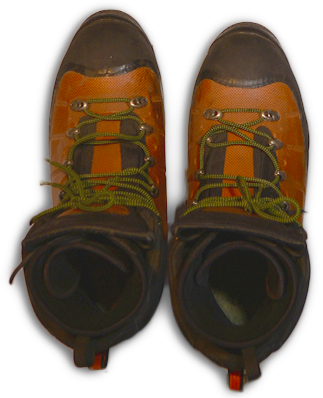
Insulated Boots

Sometimes winter hiking can get especially cold, which means wearing insulated boots to stay warm.

Advanced Winter Terrain
Avalanches, technical terrain and the danger of long, sliding falls are present in a lot of winter hiking terrain. Hikers must not only be able to identify these hazards, but have the skills and tools necessary to navigate them.
For more detailed info click the + next to each item ( - to close). Slide/drag right to view additional gear.

Crampons

Winter terrain is often icy, so having crampons is critical to ensure safe footing.
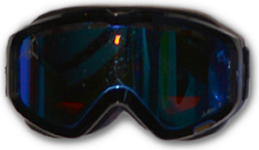
Goggles

Winter weather can be extremely windy, so you should having a pair of goggles for both safety and visibility.

Facemask

Face protection is essential when hiking in cold winter weather.
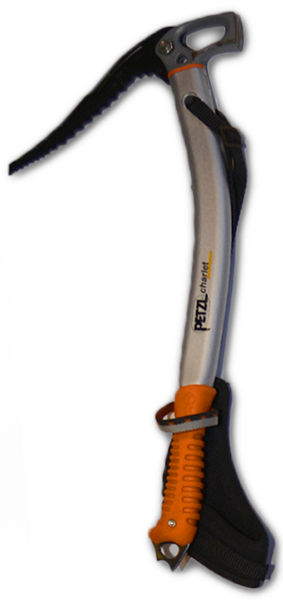
Ice Ax

When navigating challenging terrain in the winter, an ice ax is an essential tool.
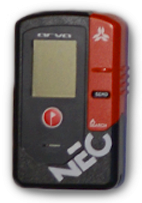
Beacon

Avalanches are very real and dangerous winter hazards. Education and training are critical, so everyone in your group should have a good knowledge of avalanche safety.

Avalanche Probe

Carry and know how to use avalanche rescue beacons, probes and shovels when your party is in avalanche terrain. You must be able to conduct a self-rescue if someone is buried, as time is critical. If you must go for help, it is generally considered too late.
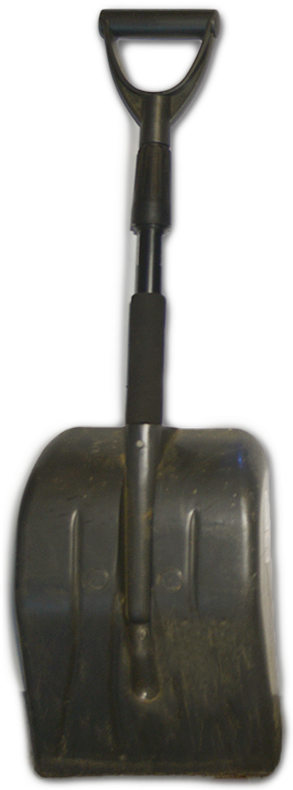
Snow Shovel

Carry and know how to use avalanche rescue beacons, probes and shovels when your party is in avalanche terrain. You must be able to conduct a self-rescue if someone is buried, as time is critical. If you must go for help, it is generally considered too late.
Tell someone where you are going, the trails you are hiking, when you will return and your emergency plans.
Your hike begins before you reach the trail. It's important that you research, write down and distribute your plan before you leave. This plan should include the following details:
- Hike start date and time.
- Hike return date and time. You should give yourself a cushion so emergency services aren't called if you're a little late.
- Location including trailhead names and connectors.
- Turn around point(s).
- GPS coordinates.
- How many people are in your hiking party, their names, ages and any unique factors (medications taken, chronic diseases such as diabetes, or disabilities).
- Equipment, gear and the amount of food and water you have with you.
- Description of clothing individuals are wearing.
- Whether you're hiking with an animals, such as a dog - if so, give the name and description.
- A photo of the bottom of your hiking boot.
- Emergency plans.
You should discuss the plan and leave a copy of the plan with someone who is reliable, and who knows how, when and why to contact the authorities. If your plan changes, make sure you inform this person.
When you start as a group, hike as a group, end as a group. Pace your hike to the slowest person. No matter your level of experience, it's always important to stay together.
If you are part of a group hike, the group leader should:
- Have relevant hiking experience and training. They should be very comfortable in the mountains.
- Have all of the necessary gear and equipment. This includes a first aid kit and first aid knowledge.
- Have knowledge of the terrain, the trail and the predicted weather.
- Have created and left a plan.
- Have co-leaders so management of a large group can be shared.
- Be prepared to turn back, have an emergency plan, and have knowledge of any medical conditions in the group.
- Pace the hike to the slowest hiker.
- Ensure that all members of the group have the essential gear.
- Have discussed what to do if anyone gets separated from the group.
Weather changes quickly in the mountains. Fatigue and unexpected conditions can also affect your hike. Know your limitations and when to postpone your hike. The mountains will be there another day.
There are several reasons to turn back, such as:
- Weather changes. When the weather changes suddenly, you need to respect nature’s unpredictability and head for home.
- Fatigue. Your group's pace should be set by the slowest hiker. If that hiker is unable to continue, keep your group together.
- Unexpected conditions, like streams that are too swollen by rain or snowmelt to cross.
- Running out of time. Darkness can come quicker than expected.
Respect the messages and signals nature and your body send. If you stay safe, you can always come back another day.
Above all else, you should never change your route. If you do not return on schedule and the person you left your plans with contacts authorities, search and rescue efforts will start where it is presumed you are. If you have taken another route, this can substantially delay help reaching you. Always leave emergency plans with someone reliable and responsible.
Even if you are headed out for just an hour, an injury, severe weather or a wrong turn could become life threatening. Don’t assume you will be rescued; know how to rescue yourself. Before you set out, remember to leave a plan with someone you trust.
If you do run into trouble, you should know how to rescue yourself by:
- Taking your map and compass with you. That way, if you become disoriented, you can stop, refer to your map and try to reorient yourself. Experienced hikers say that most people find their way after studying a map and the surrounding terrain for five minutes, so don't panic if you can't immediately figure out where you are. You may need to be on higher ground in order to identify landmarks such as streams and ridges.
- Still lost? S.T.O.P: Stop, Think, Observe and Plan. Decide on a plan and stick to it. If the last known location is within a reasonable distance, try to go back to it. If you can't find any recognizable landmarks by backtracking, stay put.
If you can’t rescue yourself, you should:
- Not wander far from your original route; remember, this is where rescuers will start looking for you if your friends or family tell them your planned route.
- Blow your whistle loudly at regular intervals to attract attention.
- Stay warm and protect yourself from the elements. Don’t lie down on the bare ground. If possible, stay near an open space; move into it to be visible from the air and ground.
- Remain hydrated.
- Put on something brightly colored to attract attention.
If calling for assistance, you should:
- Provide hikers’ name, address, current location and a call back telephone number. You should also include the hikers’ age, gender, size, a description and potential clothing they might be wearing. Provide a full description of their gear and food, their planned itinerary, and their medical information.
- Explain what happened, when it happened, and where it happened. Also include where the person's vehicle is located, as well as a full description of it (make, model, year, license plate).
- A description of their last known location's weather, conditions and trail information.
test your knowledge
are you prepared?
Answer four T/F questions to get your score.


